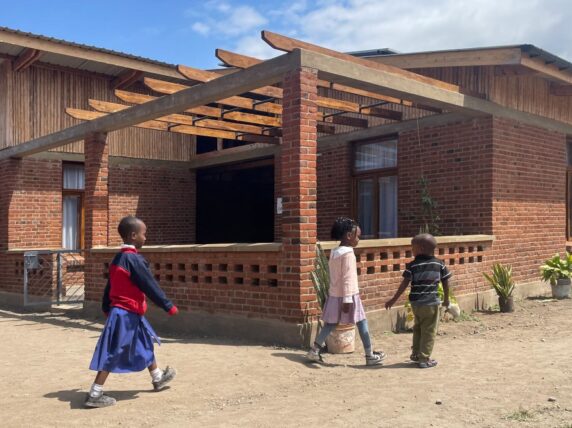Is the International Development Strategy good news for gender equality?
“Provide women and girls with the freedom they need to succeed” is one of the four FCDO’s priorities in the new International Development Strategy (IDS) published yesterday.Is this good news?
Let’s give the foreign secretary the benefit of the doubt and assume that by providing women and girls with the freedom to succeed she means “the achievement of gender equality and the rights of women and girls”. This would of course be a good thing. Feminists across the Global South continue to document the impacts of inequality and the rollback of rights.But we all know that good intentions need to be accompanied by good policies.
It is therefore concerning that some of the language used harks back to an approach where “women and girls”are framed as the problem – a vulnerable group in need of protection and empowering. The section on “women and girls“begins: “Unlocking the full potential and power of women and girls accelerates progress on all our global priorities, from economic prosperity to security.”
In reality, as we saw in the pandemic, women and girls are of course already economically and politically active citizens. The problem lies not in their own inadequacies but instead with the political and socio-economic structural barriers that leave them neither properly remunerated nor heard.This need to “tackle the structural problems” is recognised on page 6 of the IDS, and must inform future work on “women and girls”.
It is also worrying that “unlocking women and girls’ potential”is justified in the IDS in relation to its impact on economic and security goals. Given the focus on British investment in the new strategy, reassurance is needed that the rights of women and girls will be promoted above those of private investors.
Warning lights go up whenever ministers focus narrowly on headline grabbing, single-issue, political initiatives, skewing the work of their departments as they go.
Subscribe to our newsletter
Our weekly email newsletter, Network News, is an indispensable weekly digest of the latest updates on funding, jobs, resources, news and learning opportunities in the international development sector.
Get Network NewsThe prime minister’s narrow fixation on girls education is a case in point. The foreign secretary’s current focus on conflict-related sexual violence could also fall into this trap, if not supported by broader initiatives. Both are important issues but won’t be successful in isolation – highly educated girls remain unemployed if there are no jobs available.Thisechoes this approach by summing up priorities as the 3Es: educating girls, ending violence against women and girls, and empowering women. It is catchy – any good speech writer knows the appeal of alliteration and the rule of three. But an effective strategy isn’t a speech, it is the document that frames the department’s work under any number of new foreign secretaries and new political contexts.
Hopefully the “Women and Girls”strategy, due in the next couple of months, will provide an opportunity for the FCDO to present a more nuanced and evidenced-based approach.We will be looking for policies to tackle the root causes and barriers to gender equality, rather than focusing on individual women and girls.We hope to see priority areas that are chosen for their effectiveness not for political expediency, and certainly not for the purposes of alliteration.
Women’s economic justice, women’s political leadership and sexual and reproductive health and rights – all subsumed under the “empowering women”tag in the IDS – need the clear focus received in the department’s previous gender equality strategy.We will also be looking for policy interventions designed for women in all their diversity understanding multiple and intersecting discriminations. Recognition of and support forwomen and girls’ rights organisations with flexible, long term, core funding would also enable lasting, transformative change.
Good policies of course are only effective when backed by finances. Commitments in the IDS to restore funding to women and girls are welcome but vague, and should not be at the expense of funding in other vital areas.A return to previous levels will also need to be accompanied by staffing with expertise across the department.
Gender equality cannot be achieved in isolation – it is part of an interlocking puzzle that requires policy coherence across the FCDO. Increasing evidence of the limits of private investment in promoting equity objectives should impact on the IDS priority on “Business investment partnerships“. Gender equality globally will not be possible without the transfer of resources to the Global South through debt relief, the decolonising of aid, and payment of reparations.
In the face of increasing income inequality both within and between countries, a just, equitable and sustainable Covid-19 economic recovery is also an essential part of any “Women and Girls”strategy. The many viable proposals voiced by feminists in the Global South include investment in public services, funded by progressive taxation, and the creation of decent work in line with ILO conventions.
So yes, it’s a good thing if the foreign secretary wants to promote gender equality and the rights of women and girls. But only if she goes beyond political initiatives and slogans and funds the long- term interventions needed to address the multiple barriers faced by women and girls in all their diversity. That really would be good news.
Category
News & Views



